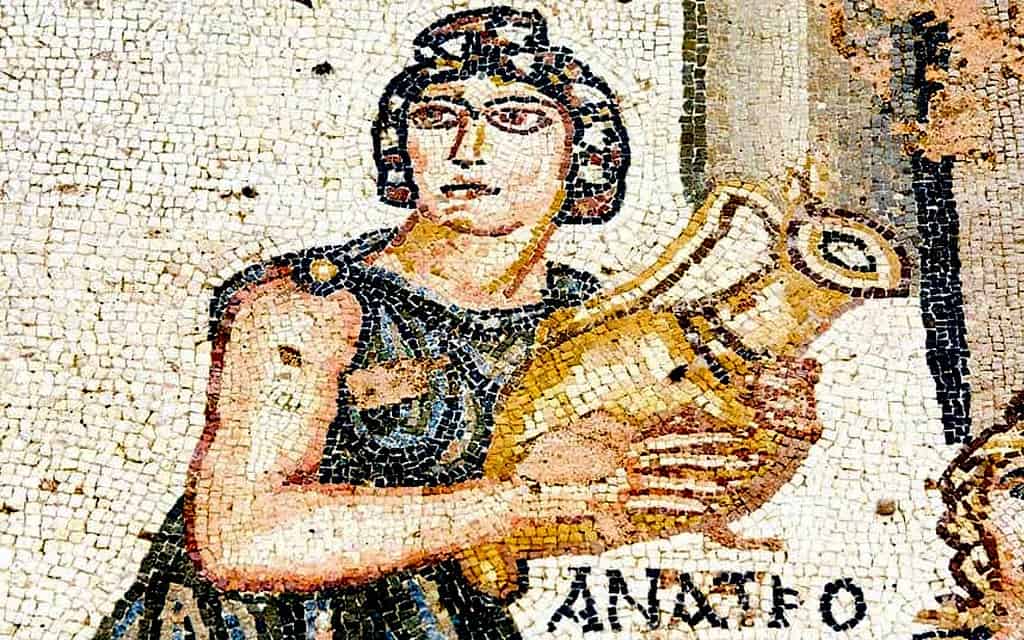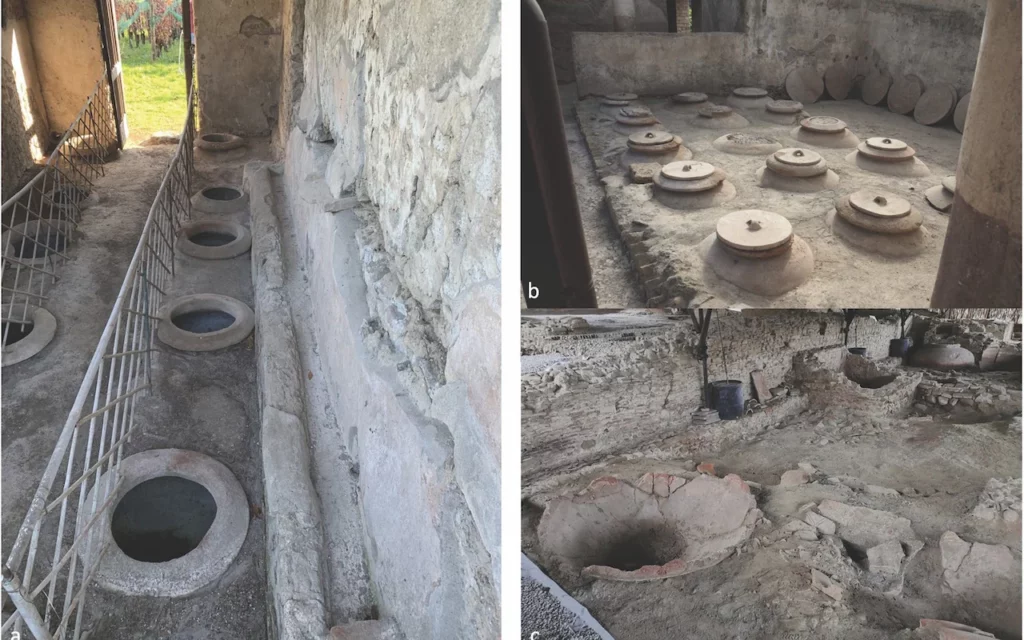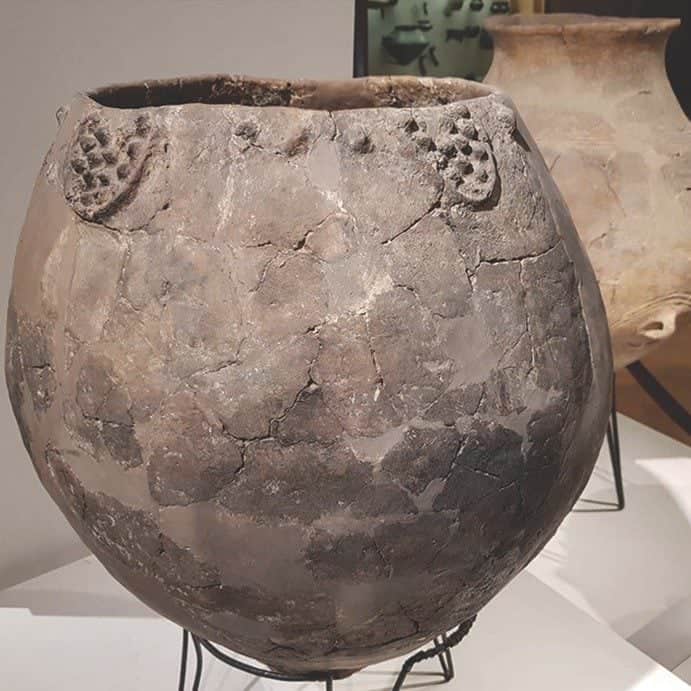
The ancient Romans had a profound relationship with wine. It was not just a beverage for them but an essential part of daily life, along with bread and water. However, being a perishable resource, we know remarkably little about how the Romans made their beloved beverage, let alone what it looked or tasted like.
It’s tempting to think that wine is just wine — after all, it’s just fermented grape, right? The winemakers among you will probably chuckle, at best. Some might even call this heresy. But this is where it gets interesting. Recent findings from traditional Roman clay pots used to both ferment and store wine in antiquity suggest Roman wine was much more interesting — and dare I say, unique — than previously thought.
According to the researchers involved in this new study, Roman wine can be described as very flavorful and even spicy, with aromas such as “toasted bread, apples, roasted walnuts, and curry.”
A viticulture time capsule

Dimitri Van Limbergen from Ghent University and Paulina Komar from the University of Warsaw, both archaeologists and experts in ancient agricultural practices, focused on ancient dolia — the Roman equivalent of today’s wine barrels. These clay vessels were not mere containers but played a crucial role in the fermentation, aging, and flavoring of the wine.
The analysis of these age-old dolia reveals that Roman wine was likely a far cry from the varieties we’re accustomed to today. Imagine a beverage that tingles the palate with a slight spiciness, carries the warmth of toasted bread, and finishes with a nutty, walnut-like aroma.
But how does a deceptively simple oversized clay pot fit into all of this? The archaeologists got some hints after researching qvevri, traditional pots used for wine in Georgia, in the Caucasus.

Like the qvevri, the Roman dolium was buried underground for optimal fermentation under constant temperature, humidity, and pH conditions. Only the lid sits above the ground. The base of the vessel was narrow, allowing the solid grape to gather and separate at the bottom. Under these conditions, the yeast is more active. Moreover, the porous walls of the dolia control oxidation.
As for taste and flavor, the fermentation and storage conditions would have made Roman wine unique. The clay made the wine very dry, which was palatable to the Romans of the time, the researchers write. Perhaps the most interesting thing is that Roman wine wasn’t ‘red’ or ‘white’, as we commonly group it today. Instead, it had a striking orange color.
Simple but ingenious
“Winemaking in qvevri and dolia is both extremely straightforward and an ingenious way of producing wine,” Van Limbergen told Newsweek. “Big wine cellars filled with dolia were investments of a kind that could only occur under economically favorable circumstances, and their presence attests to economic prosperity in the Roman world in Late Republican and Early Imperial times.
“At the same time, many households could afford one dolium, and winemaking was probably part of daily life in many families, making wine a product consumed across a broad social scale (many households today in Georgia make their own wine and keep it next to the kitchen or in a cellar inside a qvevri, this must have been quite similar in the Roman world).”
Some other interesting facts about Roman wine:
- Ancient Romans liked wine but avoided beer.
- Symposiums or conviviums were social events where elite Romans drank wine mixed with water from ornamental vessels.
- Romans added a sweet form of lead, known as sapa, to wine and food, created by boiling fermented grape juice in lead alloy kettles.
- Sapa contained lead levels 200 times higher than current acceptable levels, posing a risk of chronic lead poisoning.
- Modern tests of ancient sapa recipes found lead concentrations of 240-1000 milligrams per liter.
- Lead poisoning can cause severe health issues, including dementia, infertility, cognitive difficulties, and organ failure.
- Romans also used lead pipes, further exposing themselves to lead.
The findings were reported in the journal Antiquity.
This article originally appeared in March 2024 and was republished with new information.









